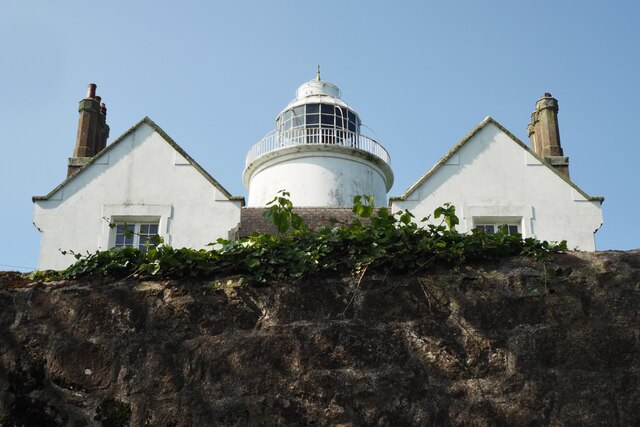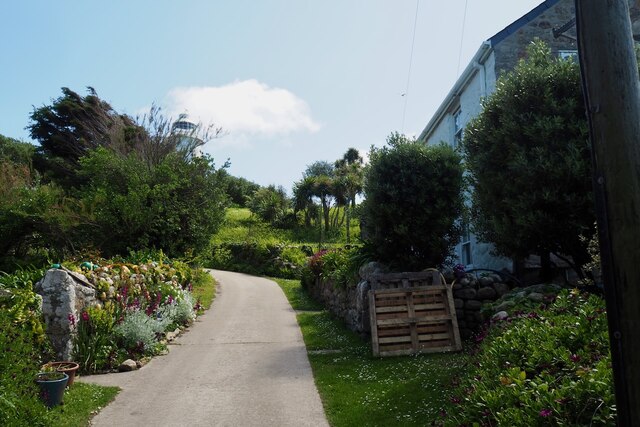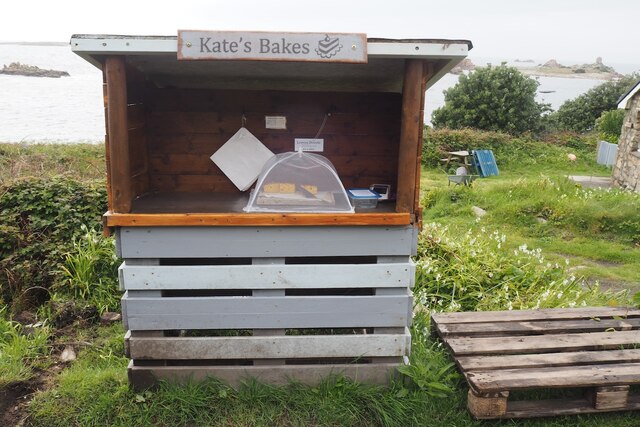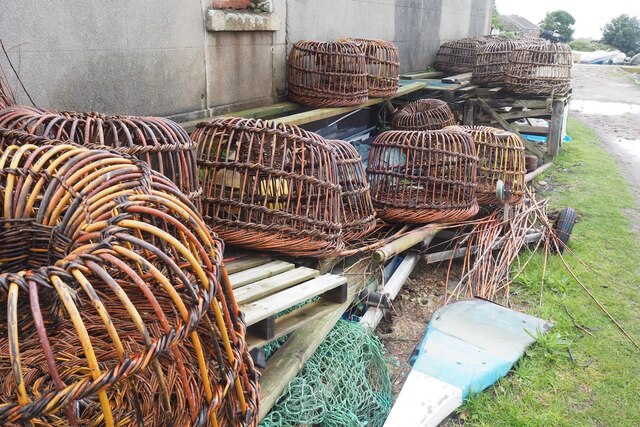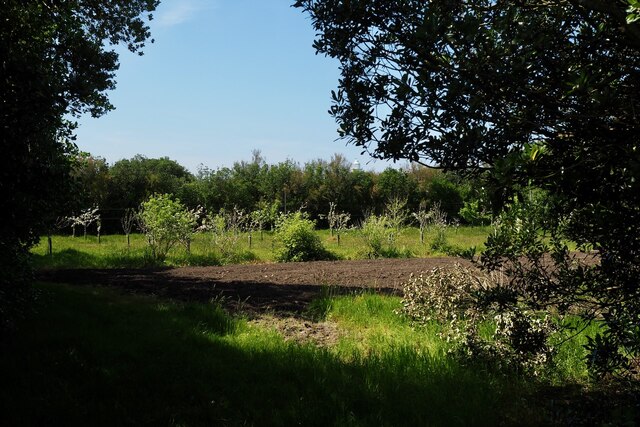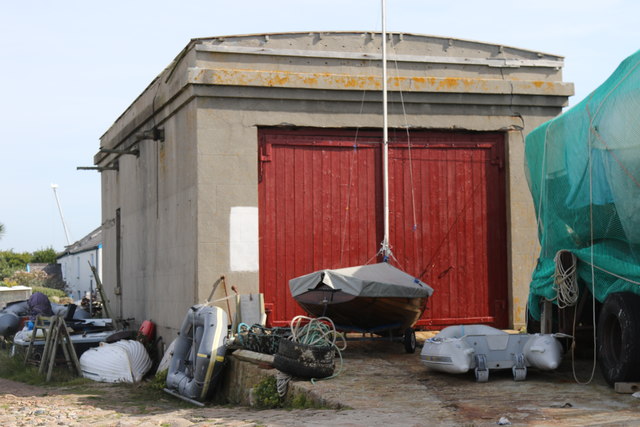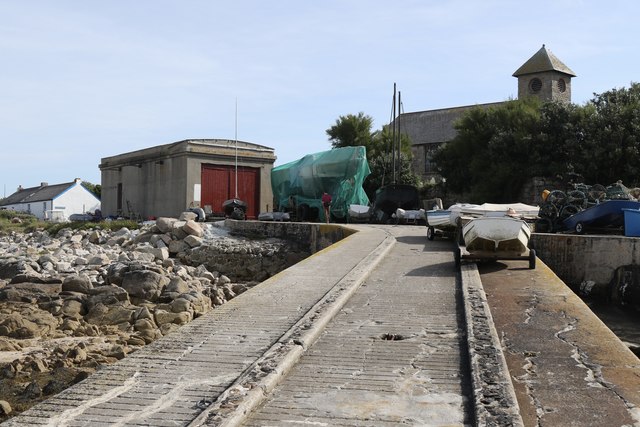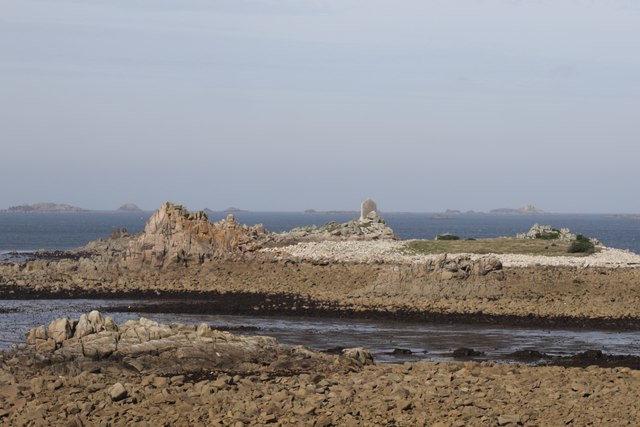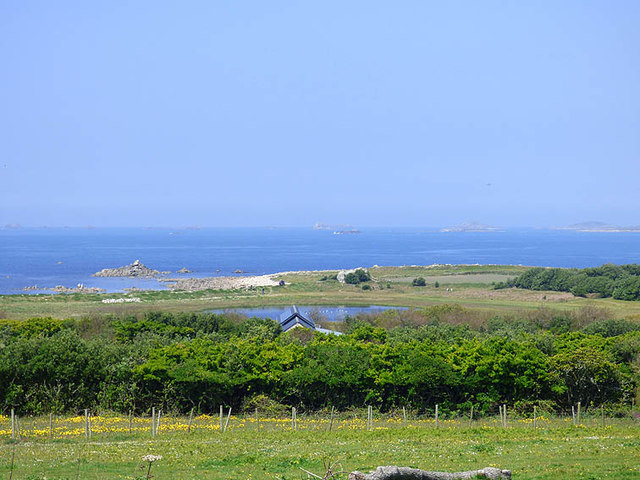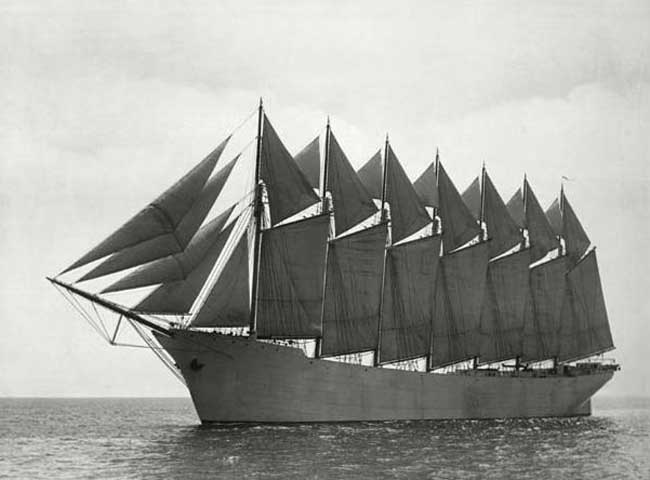South Carn
Island in Cornwall
England
South Carn
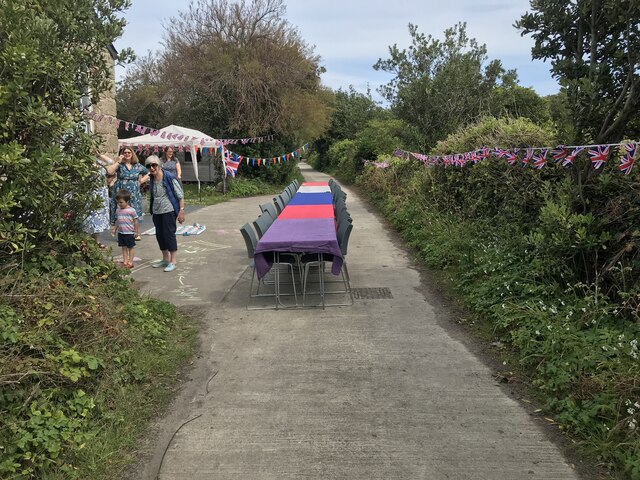
South Carn is a small island located off the coast of Cornwall, England. Situated in the Celtic Sea, it is part of the Isles of Scilly archipelago. The island covers an area of approximately 0.5 square kilometers and has a population of less than 50 residents.
South Carn is characterized by its rugged and rocky coastline, with towering cliffs that provide stunning panoramic views of the surrounding sea. It is a popular destination for nature lovers and birdwatchers, as the island is home to a diverse range of flora and fauna. Visitors can spot various seabirds nesting on the cliffs, including puffins, guillemots, and razorbills.
The island also boasts a rich history, evident from the ruins of an ancient settlement that can be found on its southern end. These remnants offer a glimpse into the island's past, with evidence of human habitation dating back thousands of years.
Access to South Carn is limited, with no regular ferry services available. Visitors can reach the island by chartering a boat or joining guided tours that depart from the nearby islands of St. Mary's or St. Martin's. Upon arrival, tourists can explore the island on foot, as there are no vehicles on South Carn.
Overall, South Carn offers a unique and tranquil escape for those seeking a remote and unspoiled natural environment. Its breathtaking landscapes and historical significance make it a hidden gem in the Isles of Scilly.
If you have any feedback on the listing, please let us know in the comments section below.
South Carn Images
Images are sourced within 2km of 49.886239/-6.3690244 or Grid Reference SV8607. Thanks to Geograph Open Source API. All images are credited.
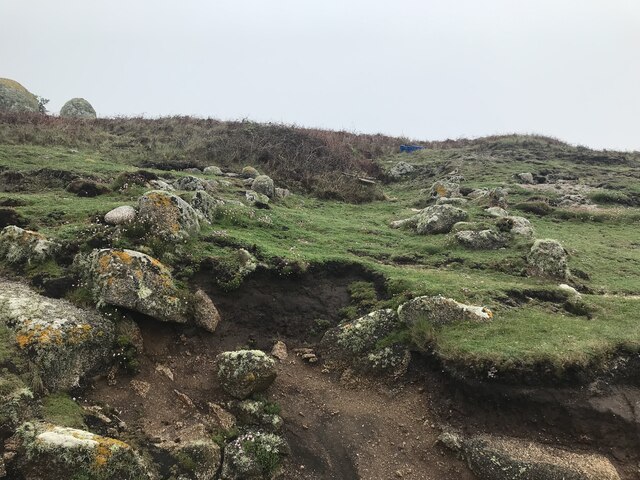
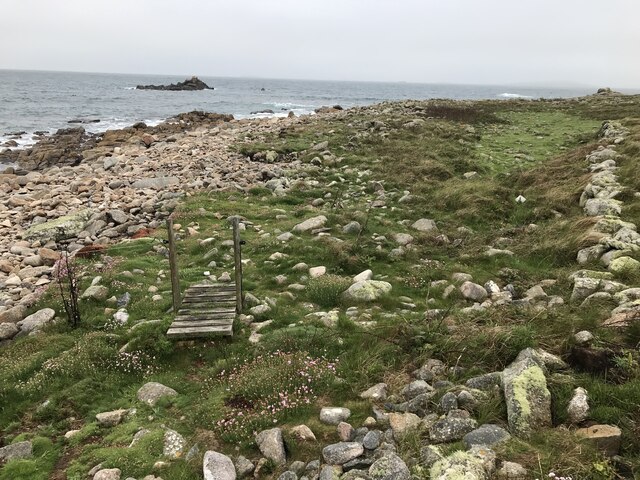
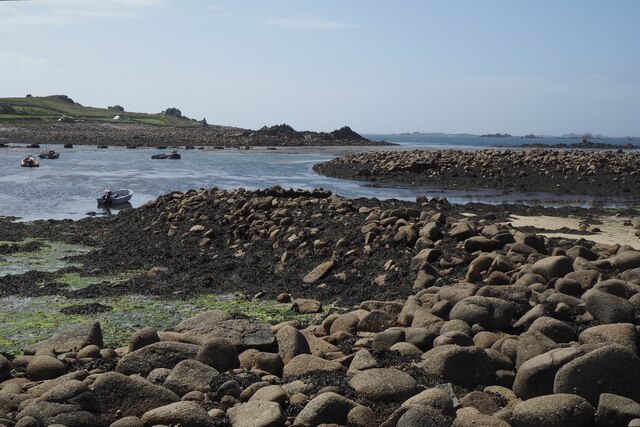
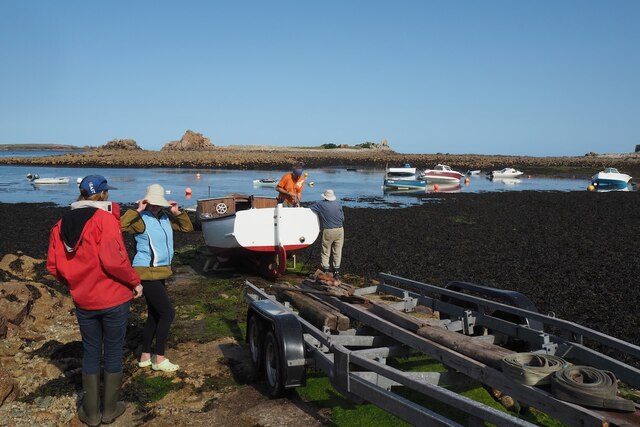
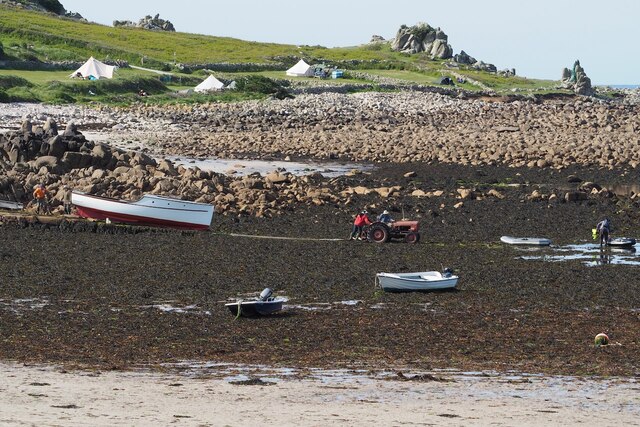
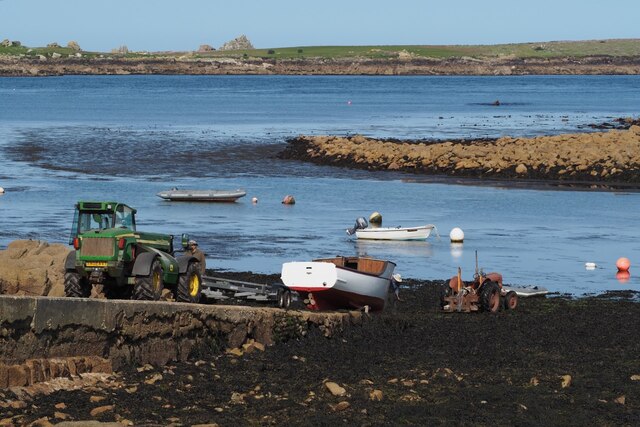

South Carn is located at Grid Ref: SV8607 (Lat: 49.886239, Lng: -6.3690244)
Division: Isles of Scilly
Unitary Authority: Isles of Scilly
Police Authority: Devon and Cornwall
What 3 Words
///refer.richer.tricky. Near St Agnes, Isles of Scilly
Nearby Locations
Related Wikis
Annet, Isles of Scilly
Annet (Cornish: Anet, lit. 'kittiwake') is the second-largest of the fifty or so uninhabited Isles of Scilly, one kilometre (1⁄2 nautical mile) west of...
Thomas W. Lawson (ship)
Thomas W. Lawson was a seven-masted, steel-hulled schooner built for the Pacific trade, but used primarily to haul coal and oil along the East Coast of...
Burnt Island, Isles of Scilly
Burnt Island is a small, uninhabited island in the Isles of Scilly, Cornwall, United Kingdom. It is covered in thrift and long grasses. and is linked to...
St Agnes Lifeboat Station, Isles of Scilly
St Agnes' Lifeboat Station was situated in St Agnes, Isles of Scilly and provided a service for the Royal National Lifeboat Institution from 1890 to 1920...
Have you been to South Carn?
Leave your review of South Carn below (or comments, questions and feedback).
